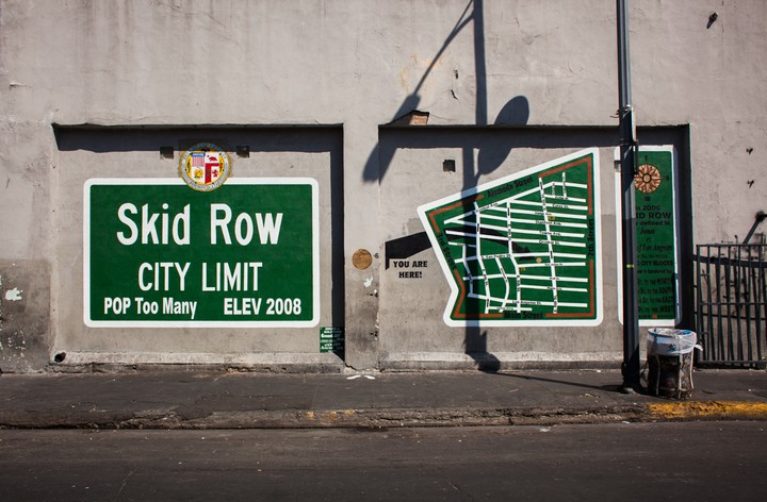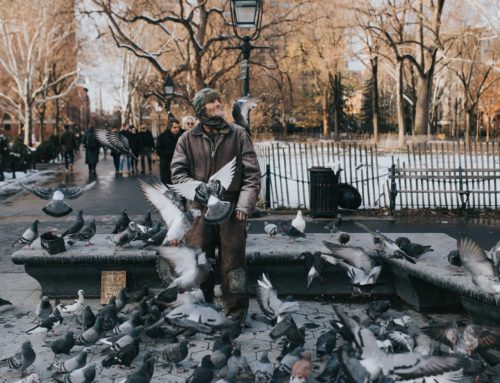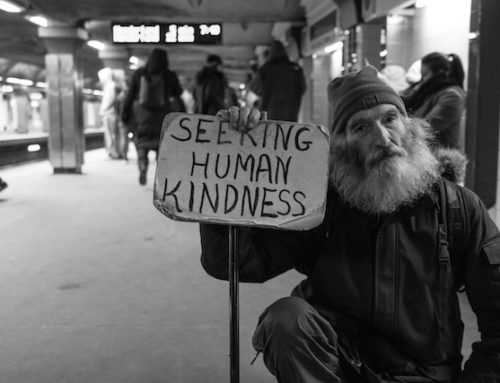This post was originally featured on HuffingtonPost.com
In general, our country is seeing a decline in homelessness, but it’s still way too early to begin patting ourselves on the back for a job well done. From 2015 to 2016, the homeless population decreased by 3%, although that statistic is complicated by the fact that there was only a decrease among individuals living in sheltered locations (such as emergency shelters and transitional housing) while there was actually an increase in those living in unsheltered locations.
While many of the other statistics in The 2016 Annual Homeless Assessment Report to Congress depict an overall improvement, there are no shortage of numbers from this and other surveys that when compiled, paint an ugly picture of homelessness in America.
1. If you live in a major city, homelessness is getting worse.
Results from the January 2016 point-in-time count from The Department of Housing and Urban.
Development (HUD) indicated that out of the total 549,928 people experiencing homelessness, 49% (268,322 people) were located in a major city. That may be up less than 1% from 2015, but it’s still a change in the wrong direction. One in five homeless people were living in either New York or Los Angeles with the majority of those in N.Y.C. living in sheltered locations while the majority in LA were living in unsheltered locations.
2. The Big Apple isn’t making it easy.
To add insult to injury: according to the Coalition for the Homeless: State of the Homeless 2017 report, changes to the application process for families to enter shelters have resulted in a decrease of homeless families receiving approval — from October 2016 to December 2016, the percentage of approved families dropped from 50% to 42%. What’s more, “ The percentage of homeless families forced to apply for shelter two or more times before being found eligible increased from 37 percent in July to 45 percent in December 2016,” and due to the complicated and time consuming process of completing new applications, homeless families are forced to resort to living in “emergency rooms, subway stations, or 24-hour businesses, and to miss school or work.”
And as I’ve written about before, the majority of New Yorkers have no savings, and that many are just about one paycheck away from becoming homeless. Considering the cost of rent in the city, this should come as no surprise.
3. Our ‘unaccompanied youth’ are between 18–24.
Unaccompanied youth, or individuals under 25 who are not with a parent, guardian, or their own children are most likely to be between the ages of 18–24. On a single night in January 2016, 89% of homeless unaccompanied youth were in that age range while 11% were under 18. In total, there were about 35,686 unaccompanied youth, making up about 7% of the entire homeless population. In Nevada, California, Hawaii, Oregon, and Montana, the majority of unaccompanied homeless youth are unsheltered while the opposite is true for Nebraska, Rhode Island, Iowa, New York, and Maine.
4. There are homeless college students.
Not all of us were lucky enough to enjoy dorm life and all its offerings. In the recent update to the 2015 report from Wisconsin HOPE Lab titled Hungry and Homeless in College: Results from a National Study of Basic Needs Insecurity in Higher Education, it says that 14% of community college students were homeless during their period of enrollment and among the former foster youth surveyed, 29% were homeless. They also found that out of all Black and multi-racial students, there were more who were homeless than there were who were home secure.
College is hard enough as it is without having to worry about where you’re going to sleep at night and how you’re going to finish your assignments and get to work on time. Perhaps what’s more troubling than the first statistics alone is that 51% of those who were homeless were balancing employment along with their schooling and more than half of them worked 20–40 hours each week with the majority making less than $15/hour.
5. There are ways to help.
It may be tempting to write homelessness off as a problem best left for the big guys to solve, but even people like me and you can make a dent in this issue. Visit the National Alliance to End Homelessness Take Action page for more information on volunteering on national and local levels. We can’t stand by and watch.








